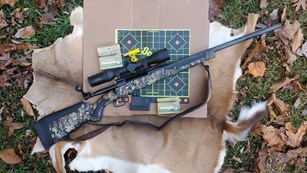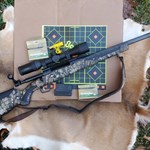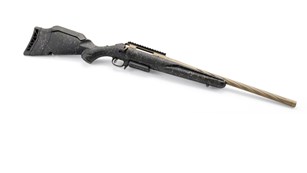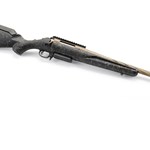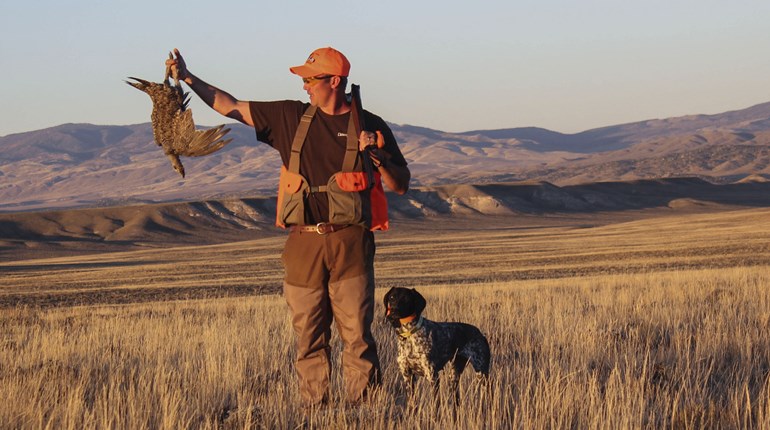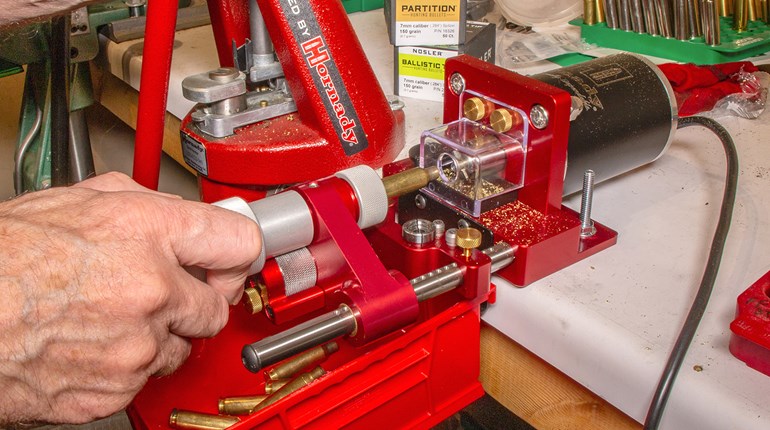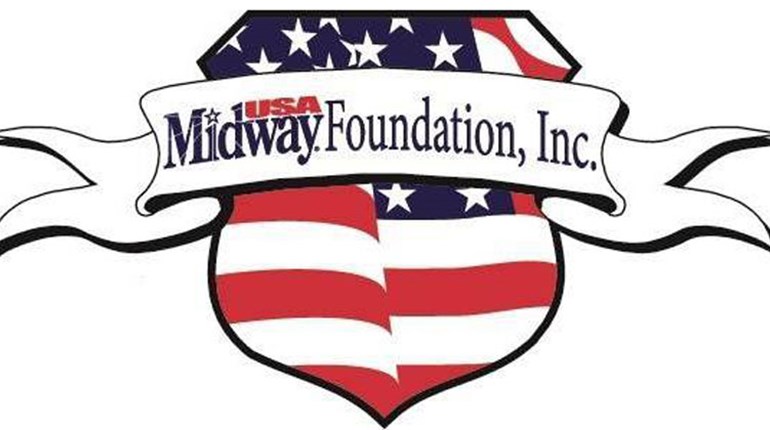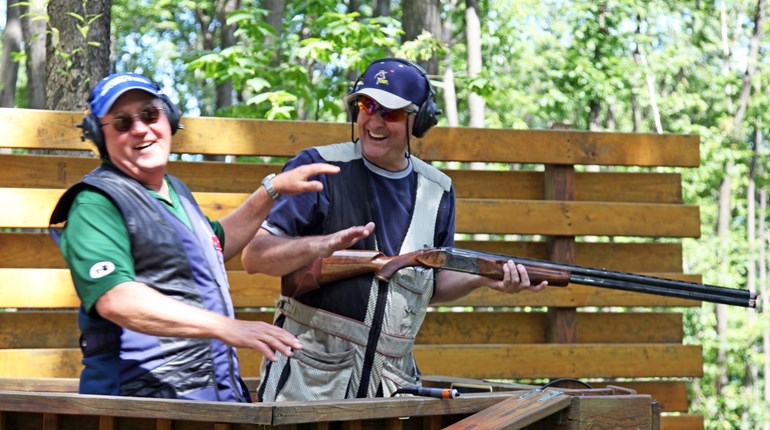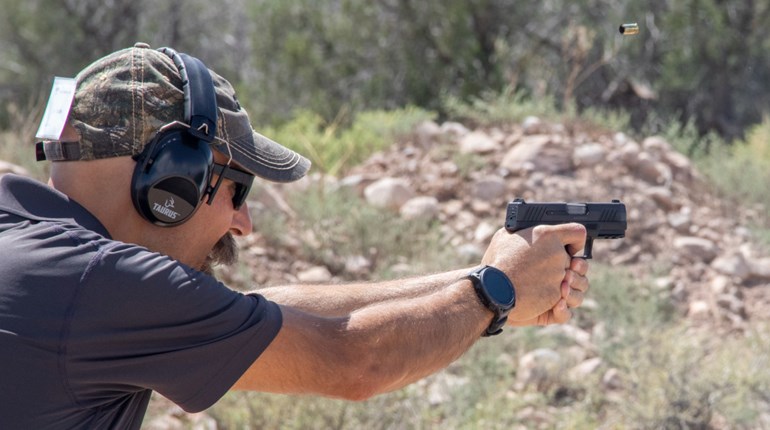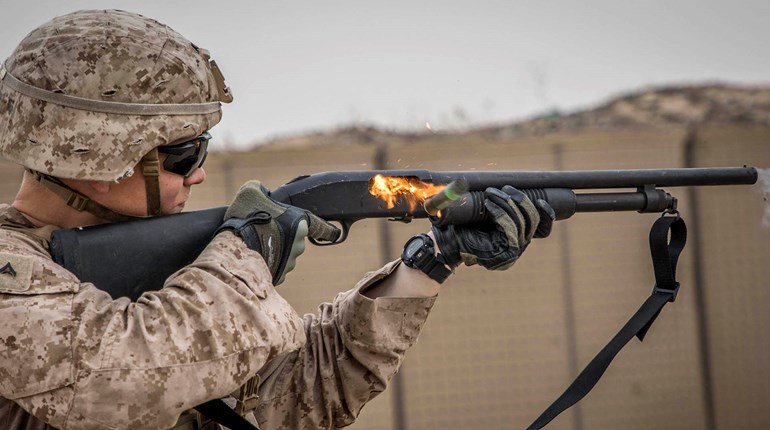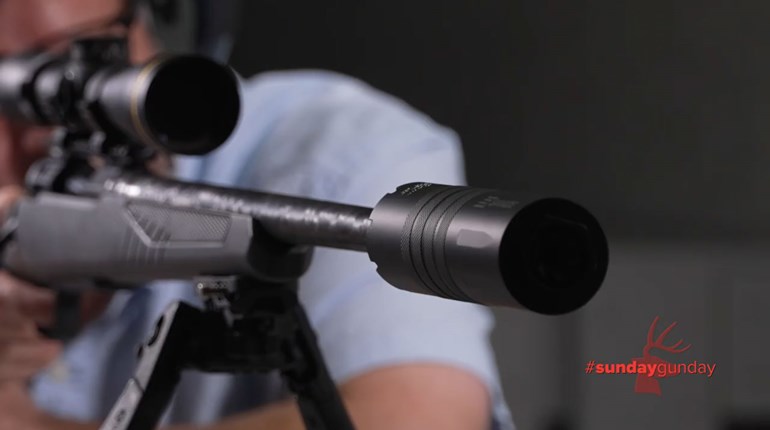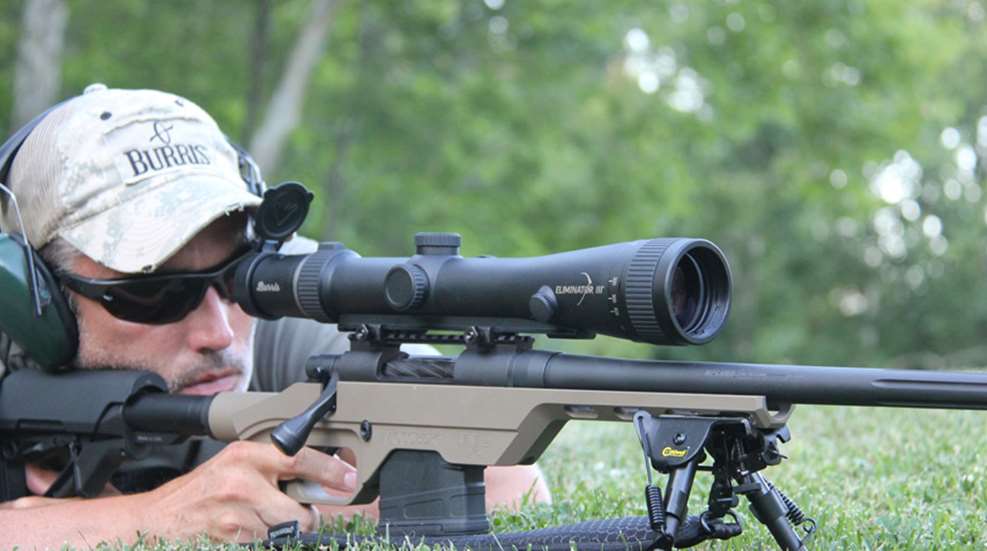
I was fortunate enough to grow up surrounded by very skilled shooters who taught me a great deal about firearms, and one thing that all of those firearms enthusiasts shared was a sincere distaste for factory triggers. Today, however, firearms manufacturers have vastly improved their trigger mechanisms and the triggers in modern firearms are safer, smoother, lighter and more user-friendly than those that were standard in most production firearms just 30 years ago. In many cases, such as with centerfire hunting rifles, externally adjustable factory triggers can be lowered to pull weights in the 2-pound range--sometimes even less than that—all without having to take a trip to your local gunsmith.
But are lighter trigger always better? That depends on the shooter, the gun and the intended purpose for the firearm.
How Triggers Work
Triggers are mechanisms that release either a hammer or striker. When released, the striker or hammer drives the firing pin into the primer on modern cartridges and fires the round. With handguns, the trigger’s function is oftentimes referred to as “single action” or “double action.” Single-action triggers, like those found in the Colt 1911 and clones and some revolvers, serve one purpose—releasing the hammer so that it can move forward and ignite the primer. Double-action triggers serve two purposes: they cock the hammer and, once that is complete, they release the hammer. Striker-fired semiauto pistols use operating systems in which the trigger pull completes the cocking process and releases the striker to initiate firing.
Generally speaking, the less work a trigger does, the lighter the pull. Bolt-action rifles, pump and semi-auto shotguns, and single-action pistols all have light trigger pulls because the trigger is tasked with only one job—releasing the firing pin or hammer. Double-action revolvers and semiautos have a longer, heavier trigger pull because the trigger serves to cock the hammer and release it. Striker-fired semiauto trigger pulls are generally somewhere in the middle in terms of pull weight, and striker-fired guns have more trigger travel than most single-action firearms.
Classifying by Weight
The best method for breaking down trigger pull is by weight. Here’s a breakdown of the weight ranges of various firearms by pounds of trigger pull:
1.5 to 5 pounds: Single action revolvers and semiautos, target rifles, hunting rifles, shotguns
Light trigger pulls are necessary for some applications, primarily target shooting. If you’re trying to hit steel plates at a half-mile with your scoped bolt-action rifle you must do everything possible to stabilize the gun on target, and that begins with a light, creep-free (which means there’s very little take-up, or movement before firing) trigger design. Long-range rifles and some competition pistols (like “race guns,” which are semi-autos designed for competition) will be at the lower end of this weight class and will have triggers that range from roughly 1.5 pounds to 3 pounds. Many guns in this class have an external safety system. The 1911 semiauto pistol actually has two external safeties—a manual safety and a grip safety—which is one reason many shooters feel comfortable carrying 1911s for duty applications or personal protection even when the guns have very light 3-pound triggers. At the upper end of this weight class you have pump and semiauto shotguns, which tend to have heavier triggers in the 5-pound (or sometimes higher) class. This is due in part to the fact that shotgunning rarely requires a very light, creep-free trigger. When you’re shooting clay targets, upland birds or waterfowl it’s more of a trigger “slap” than the steady squeeze of a target rifle trigger, so a slightly heavier shotgun trigger makes sense for many applications.
5 to 8 pounds: Striker-fired semiautos, shotguns, some rifles
Most striker-fired semiauto pistols have trigger pull weights that range from 5 to 7 pounds, and these triggers generally have some take-up. That take-up actually serves to finish tensioning the striker, and many striker-fired guns have trigger safeties that require that take-up before firing. You’ll also find a few hunting rifles (but very, very few target rifles) in this trigger weight category, as well as many shotguns. While 5 or even 6 pounds was a fairly normal trigger pull weight for hunting rifles just a few years ago, companies have largely improved and lightened their factory trigger designs.
Having a 6-pound trigger in a striker-fired carry gun isn’t always a bad thing, especially since many of these pistols don’t have any type of external safety. These medium-weight triggers don’t hinder accuracy significantly when shooting quickly at self-defense ranges, so this is a perfectly acceptable trigger pull for striker-fired semiauto.
8 pounds +: Double action revolvers and semiautos
Double-action revolvers and semiautos, as previously stated, have triggers that serve two distinct functions. And while it may seem like a compromise to have a heavy trigger pull on a defensive gun, it isn’t always a bad thing. Hammer-fired double-action semiautos typically have an initial trigger pull in the 10-pound range, but after firing the first shot the rearward movement of the slide automatically cocks the hammer when firing—so the gun’s trigger mechanism operates in single-action mode and trigger pull drops to around 4 pounds for subsequent shots. Many of these guns have a decocker button that allows the shooter to safely lower the hammer without firing a round, transitioning the gun from single action mode to double action. This makes sense for carry and duty guns, since the first shot will require a dedicated trigger pull and any follow-ups will offer a lighter, smoother pull.
Double action and double action-only revolvers are popular for concealed carry, and these guns rarely have a manual external safety. For that reason, a heavy trigger pull—oftentimes in the 10-pound-plus range—makes sense from a safety standpoint. Not all double-action revolver triggers are created equal, though, and heavy doesn’t necessarily mean uneven and gritty. Many modern DAO revolvers like the Kimber K6S have very smooth triggers that, while they travel farther than single action and striker-fired trigger, are easy to manage.







